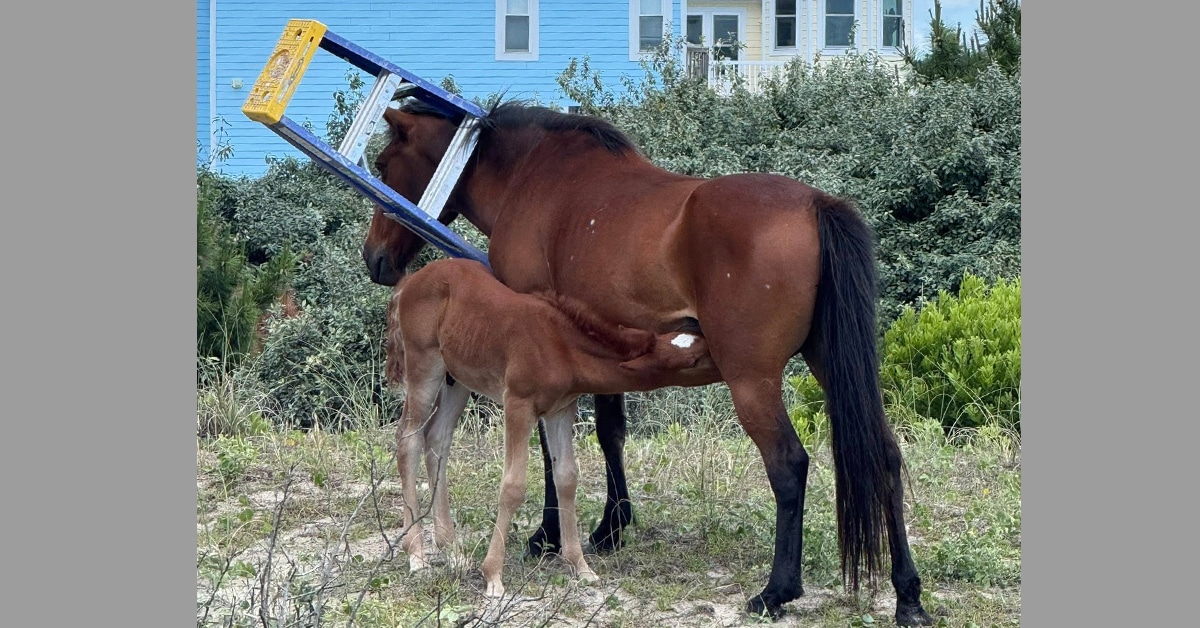“We were not surprised to learn 60% of the horses in our 490 horse retrospective study had larger measurements on the left side of their withers,” says Dr. Katrina Merkies, researcher and associate professor at the University of Guelph.
Undergraduate students, Julia Alebrand, Bethany Harwood, Katharine Labarge and Laura Scott digitized and compared years of measurement data gathered from a saddle fitting company, which used a flexible wither tracing tool. The empirical evidence did indeed back up the hypothesis expecting more bulk on the left, based on what saddle fitters were already noticing in their day-to-day work. But what does this mean for the horse owner shopping for a shiny new saddle, manufactured in a perfectly symmetrical way?
Equine Guelph tracked down Dr. Merkies for a video interview to find out more about the UofG study of thoracic asymmetry in ridden horses:
Pressure points from an ill-fitting saddle can lead to pain and performance issues. A symmetrical saddle used on a horse that is not symmetrical can hinder progress explains Merkies, “It could prevent the horse from developing its muscles in a balanced way.”
The research study included many breeds, from fine-boned Arabs and Thoroughbreds to stocky Warmbloods and Drafts. They came from many disciplines such as dressage, hunter/jumper as well as recreational pursuits. Surprisingly, breed did not have an effect on wither measurements in this study. While Thoroughbreds and Warmbloods had different skeletal structure, such as longer withers than the Draft breeds, it did not have an impact on the wither measurements which were based on the horse’s musculature. My friend Flicka and Joey both tended to have bigger muscles on the left side of their withers 60% of the time.
Laterality was also considered for its possible role in muscle development. Laterality is the preference for using one side of the body over the other. The left hemisphere of the brain (logic & reasoning) controls the right side of body, and the right side of the brain (processes fearful stimuli) controls the left side. “You may notice horses often turn to view an object they are afraid of with their left eye,” said Merkies. “They often step on or off a trailer with the left front leg first.” Merkies also mentioned an Australian study noting a preference for grazing with the left front leg ahead of the right; a tendency that apparently increases with age. Points certainly worth considering in this study which shows a majority of horses appear to be ‘lefties’.
Merkies notes that mounting and working with horses on the left side likely does contribute to increased musculature on that side, which is discussed in this excerpt:
“Left side development may be inadvertently fostered since most horses are traditionally handled on the left side from the time they are born. Historically, soldiers mounted their horses from the left because they carried their swords on the left side, conveniently then able to draw their weapon with their right hand. One possible explanation for the wider thoracic development of the left side of the majority of horses observed in this study could be from the rider action of mounting; the horse may brace against the weight of the rider placed into the left stirrup, engaging the left shoulder musculature which may lead to unequal muscle development. Whether horses were mounted using a mounting block or not was not recorded in the data. Further studies may be useful to determine if mounting from the ground or from a mounting block, or even mounting from the left or the right side, affect thoracic development. However, the current results show that 40% of horses did exhibit wider thoracic measurements on the right side, suggesting that there are other factors affecting this asymmetry than just handling and mounting on the left.”
One unexpected finding was the curvature in the horse’s backs were slightly more dipped in horses of medium height. Merkies hypothesised this may be due to the fact that medium sized horses are more frequently ridden by adults. Kids tend to move off their ponies as they outgrow them. Saddles for the adult rider tend to have a longer seat, which may not always fit the medium sized horse’s back. If the saddle fits past the 18th thoracic vertebrae, it will put pressure on the lumbar region, which can cause a horse to tense and drop it’s back muscles.
Merkies cited the need for controlled studies looking at asymmetry and saddle fit following properly fitted asymmetrical horses over time.
The importance of proper saddle fit and regular fittings, at least every six months, cannot be overstated for the comfort of the horse and it’s optimal development of balanced muscles.
More News









